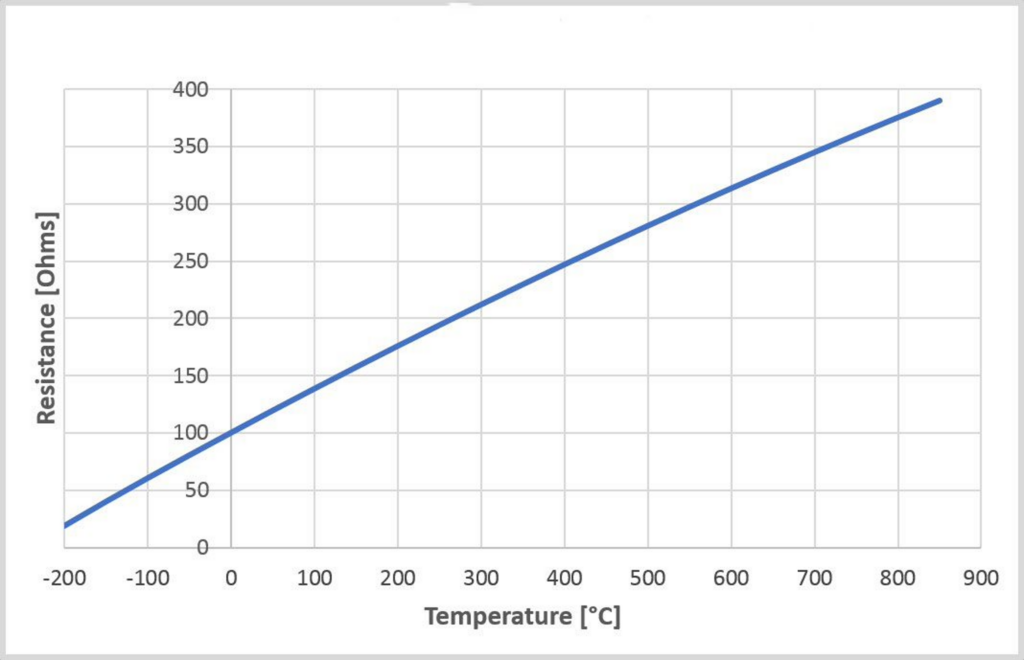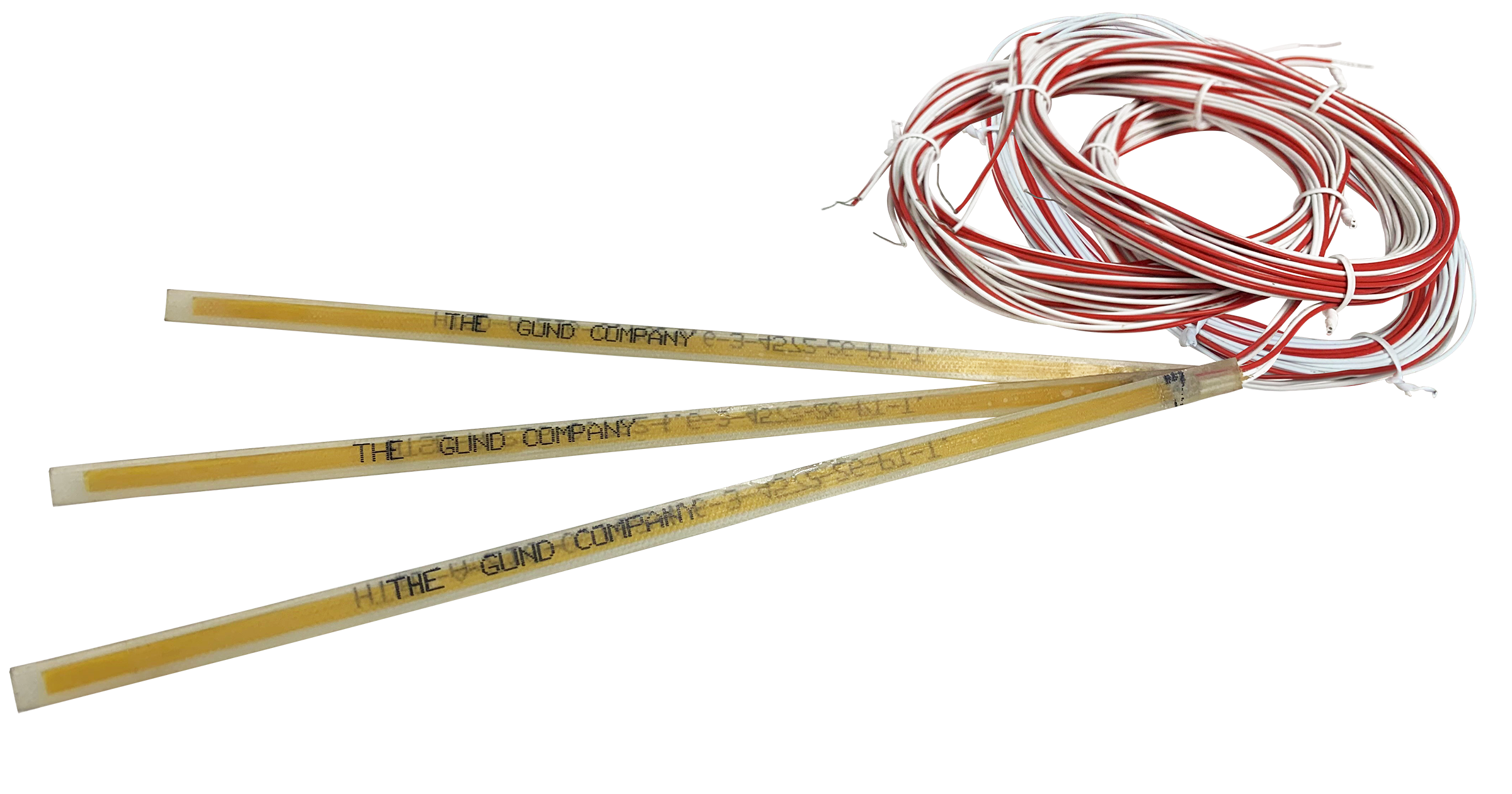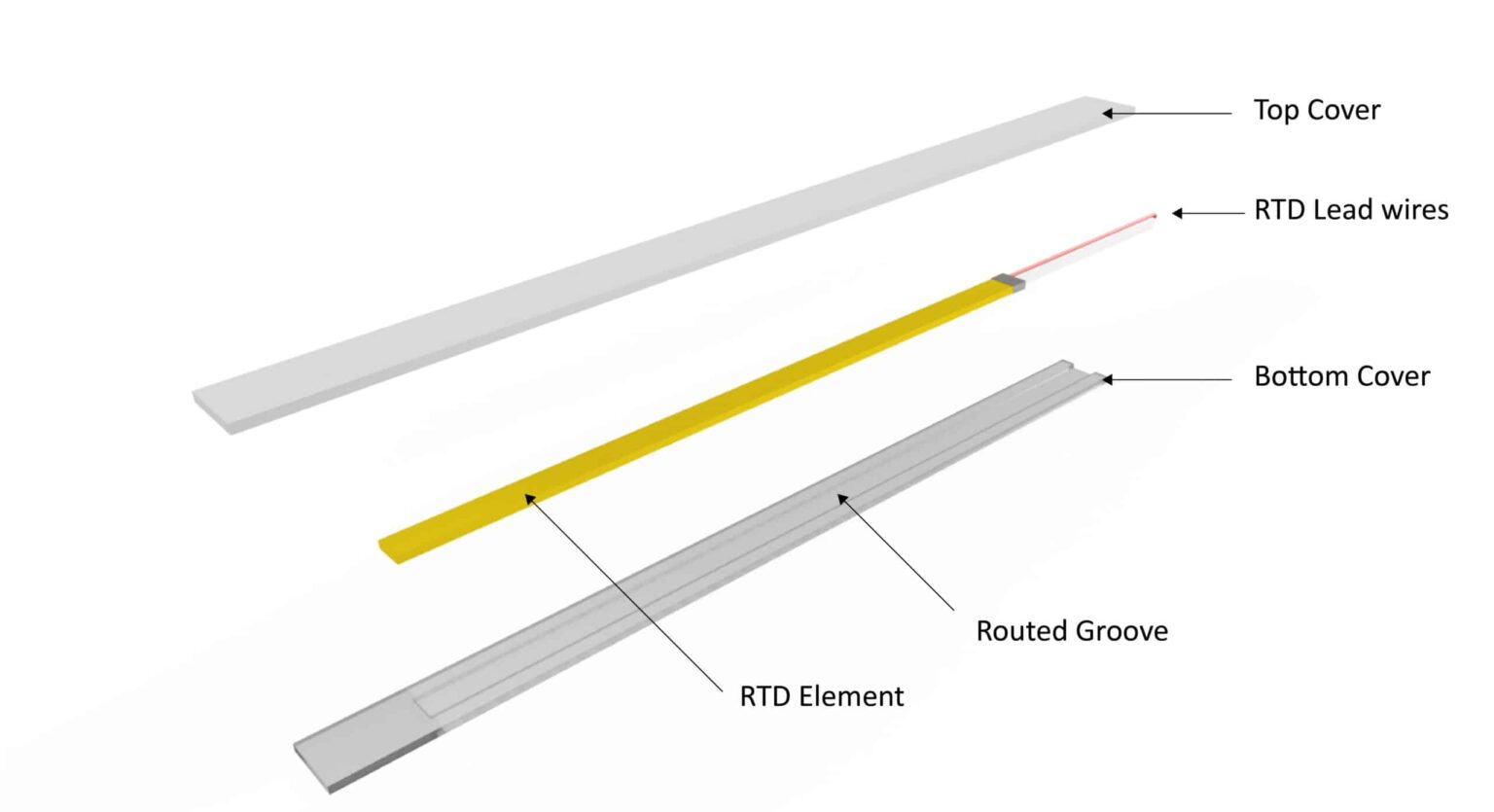Resistance Temperature Detectors (RTDs)
Embedded temperature monitoring of motors and generators is a long-time industry-accepted practice, allowing for continuous assessment of equipment conditions. The embedded method of monitoring utilizes specially designed Resistance Temperature Detectors (RTDs) and Thermocouples (T/Cs) placed outside the major insulation as specified in ANSI C50-10-1990, The sensing element of RTDs are placed in the stator winding slots. The longer length of the RTD sensors element designs allows for averaging the measurement process over a greater portion of the slot length. This eliminates the problems related to tip-sensitive sensors that can be misleading when “hot spots” are present. Since stator RTD sensors sometimes exceed 20 inches in body length, this is a useful characteristic the RTD brings to monitoring the health of your generator.

Stator RTD

Embedded Stator (RTDs)
Enclosure types include G-11 and Semi-Conductive rigid enclosure of the elements. 
RTD Embedding Materials
The RTD can be embedded in either NEMA G-11 or The Gund Company’s Semi-Conductive materials up to 109 inches for installation into the stator of your application. NEMA G-11 provides mechanical protection for the RTD during the installation phase and protects the RTD throughout its life span. The Semi-Conductive material provides the same mechanical protection with the added benefit of corona dissipation.

RTD Literature
GTH RTD – Designed Specifically for use in Turbo Generators and Hydro Generators
GTH Stator RTDs are “custom” embedded RTDs designed for the Turbo Generator and Hydro Generator marketplace. This standard product is a dual-element platinum RTD with a 40-foot shielded cable. These parts are available for sale individually or can be embedded in G-11 or Semi-Conductive composite materials.



RTD Testing
RTDs can be tested upon request up to 3000 VRMS @60Hz for 1 minute between lead wire and enclosure body.
RTD Benefits
- The accuracy of temperature measurement across a greater area of the stator.
- Extremely responsive to temperature change.
- RTD lengths eliminate problems with “tip sensors.”
- It can be made to various lengths to meet the customer’s needs.
- Robust to be directly installed between windings

